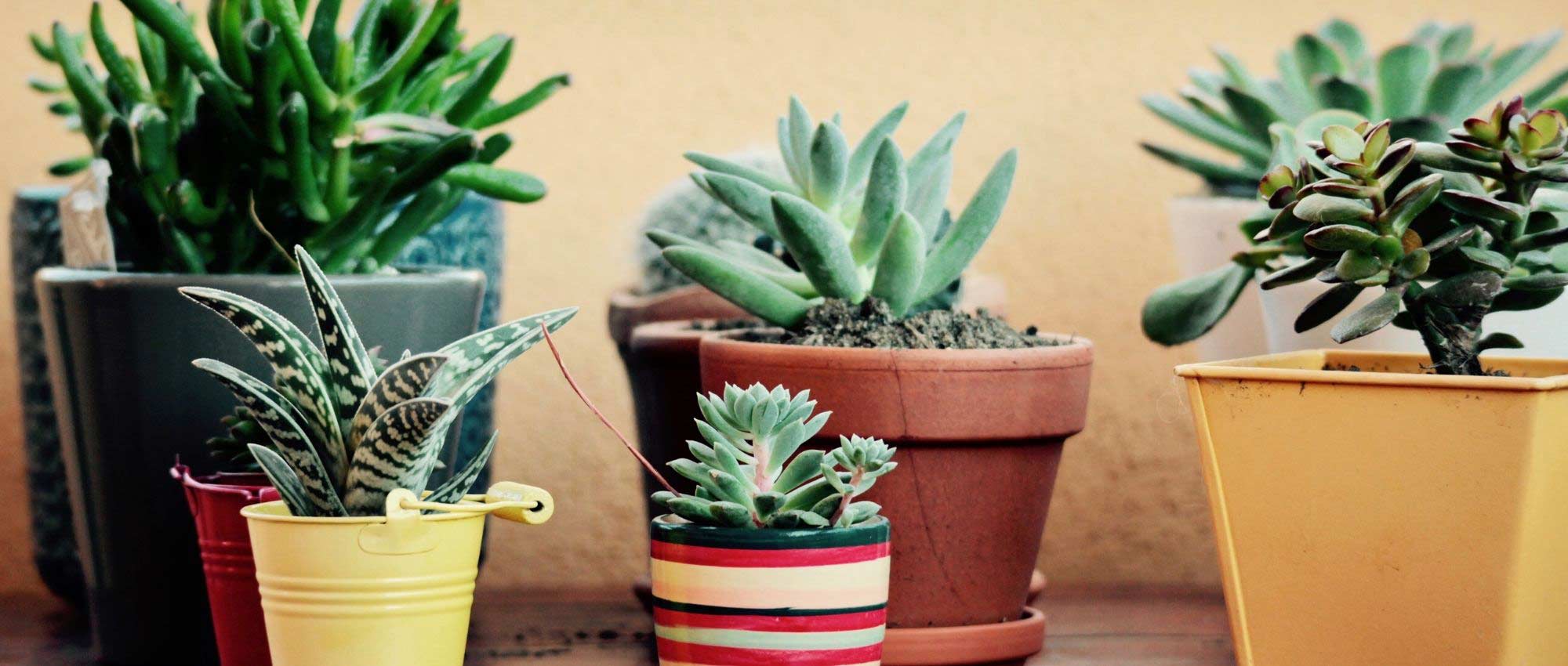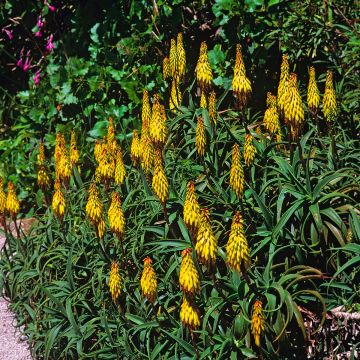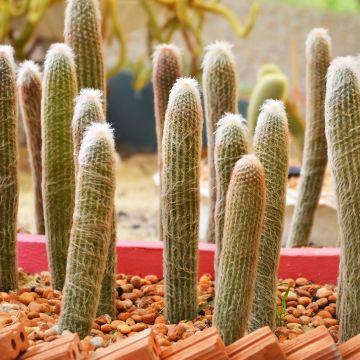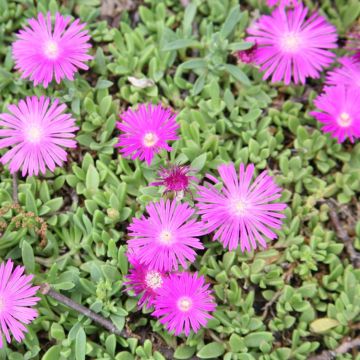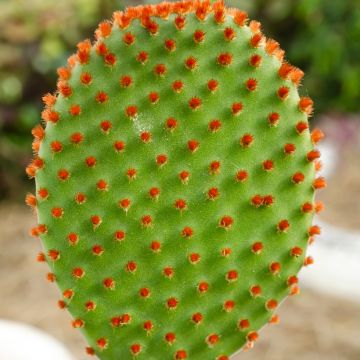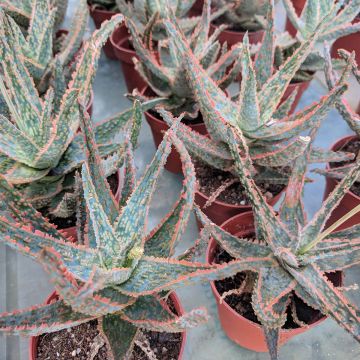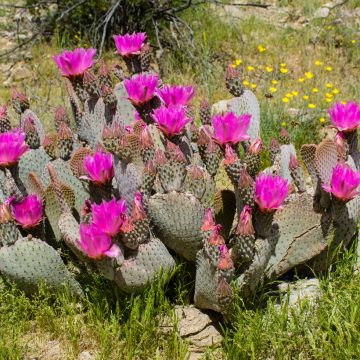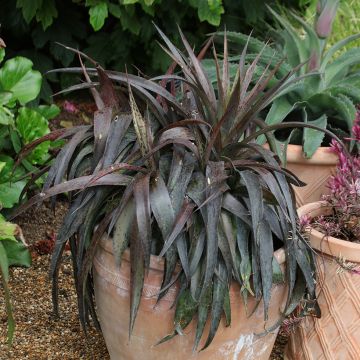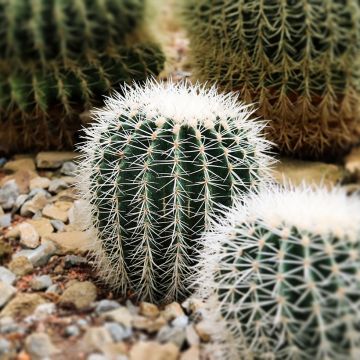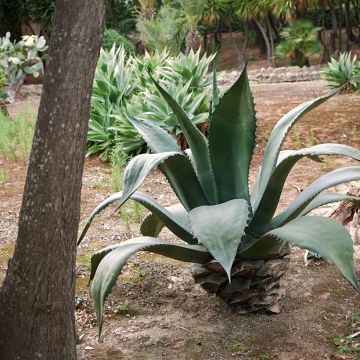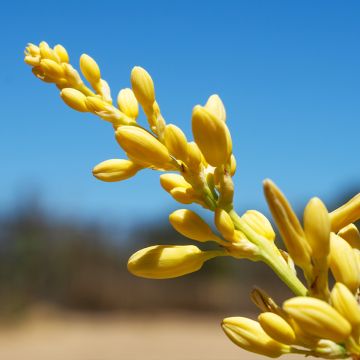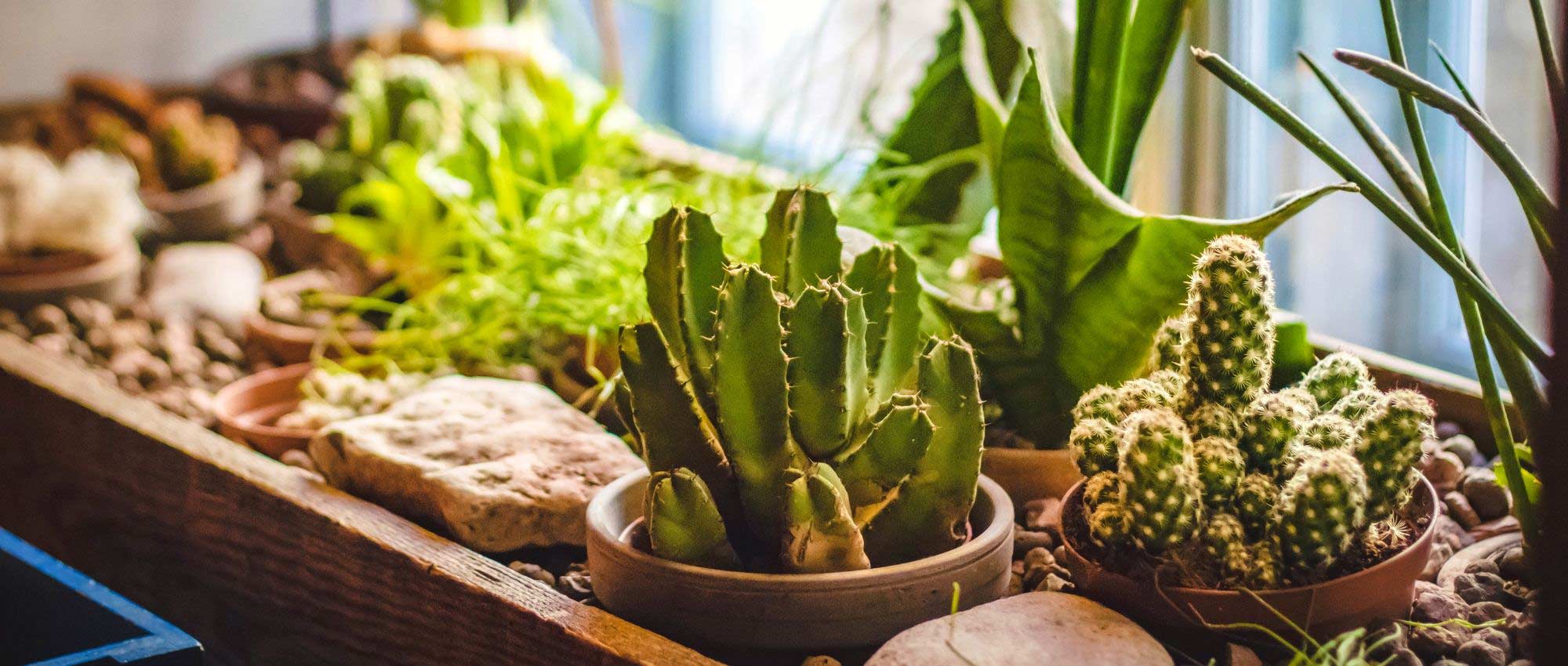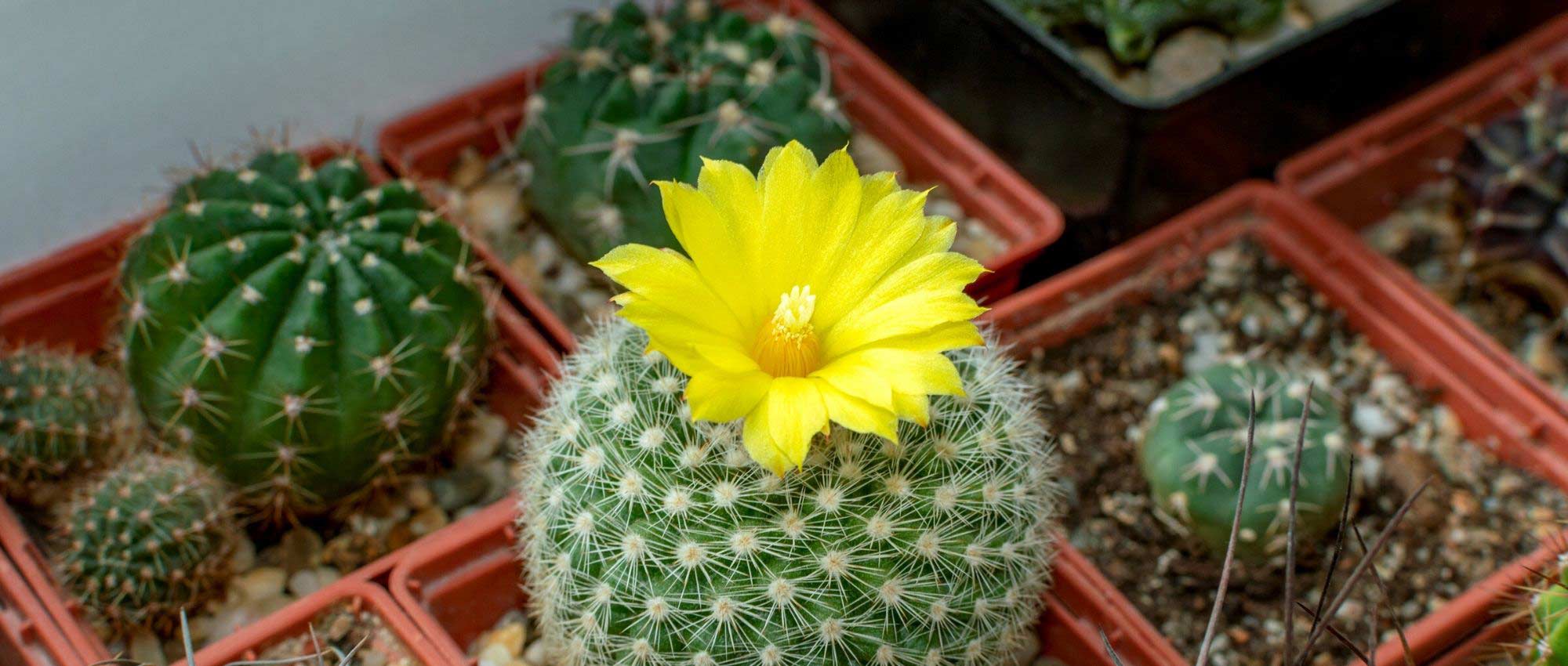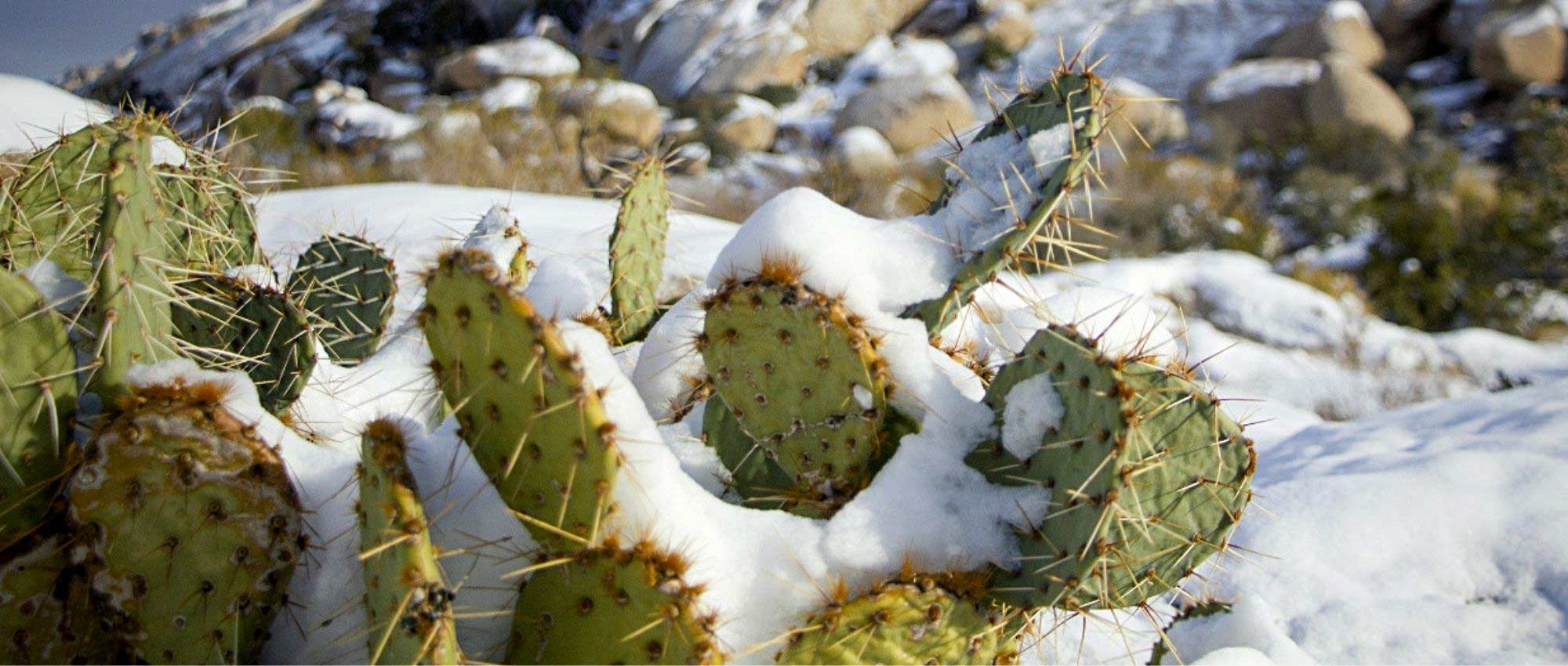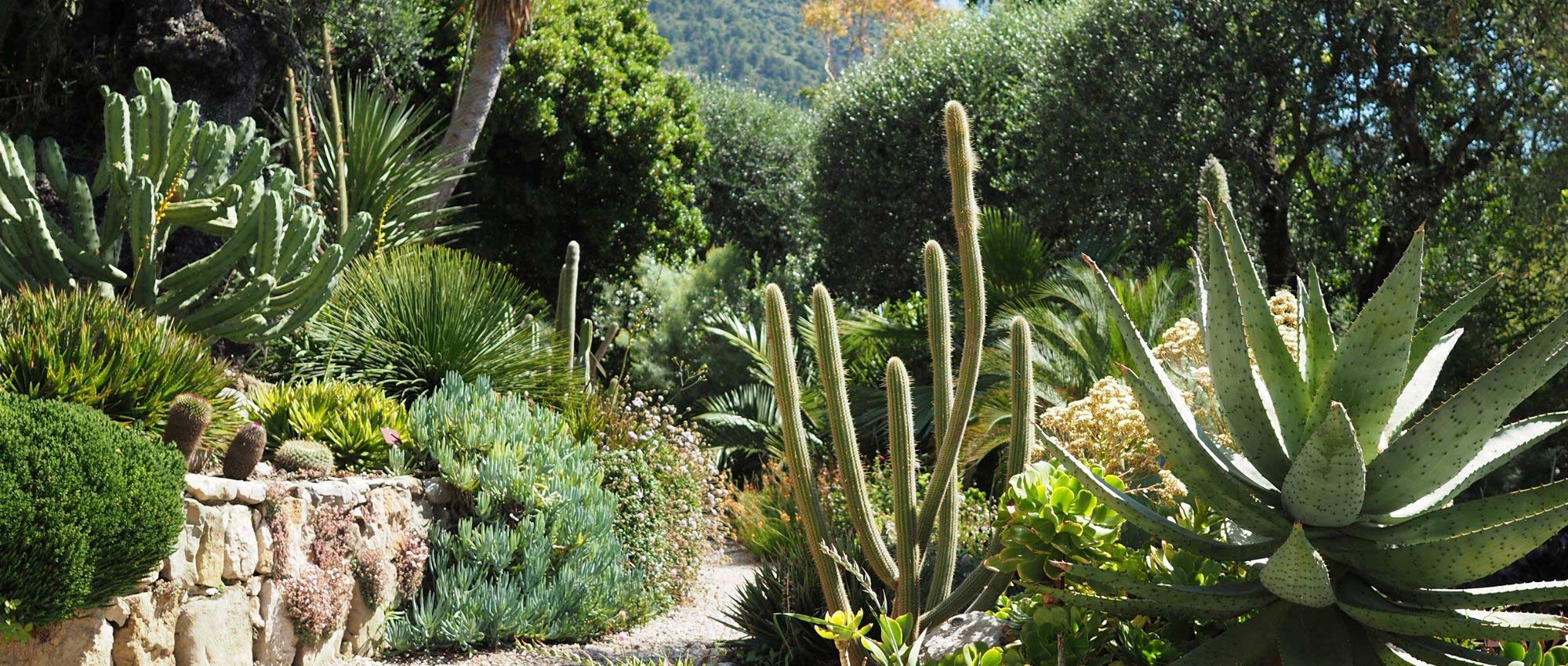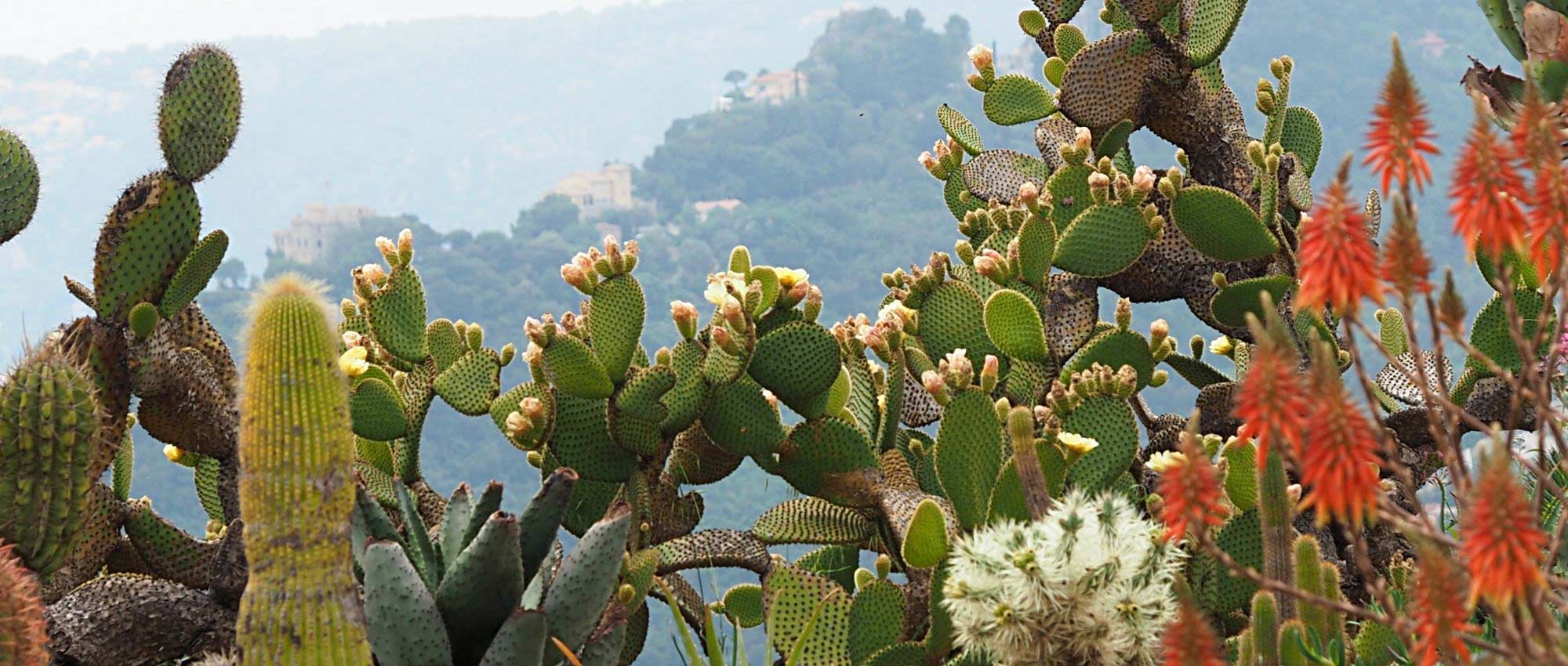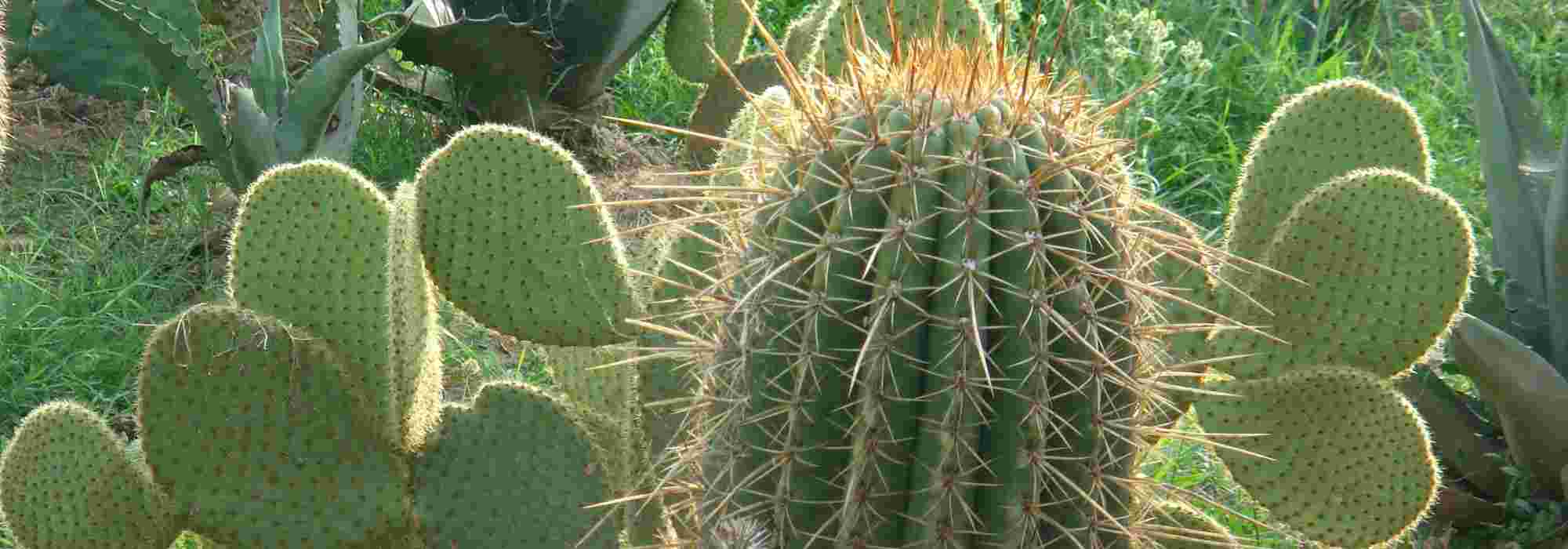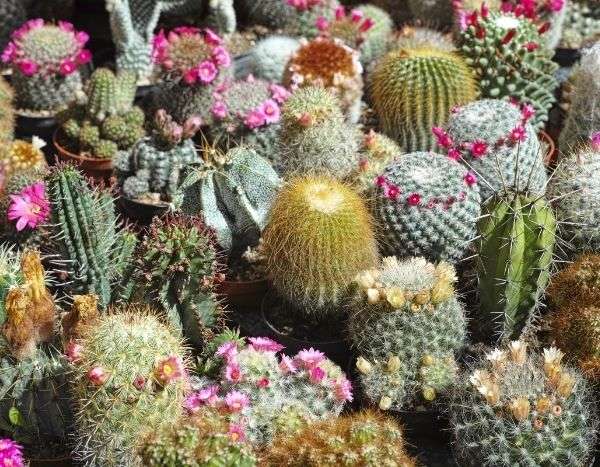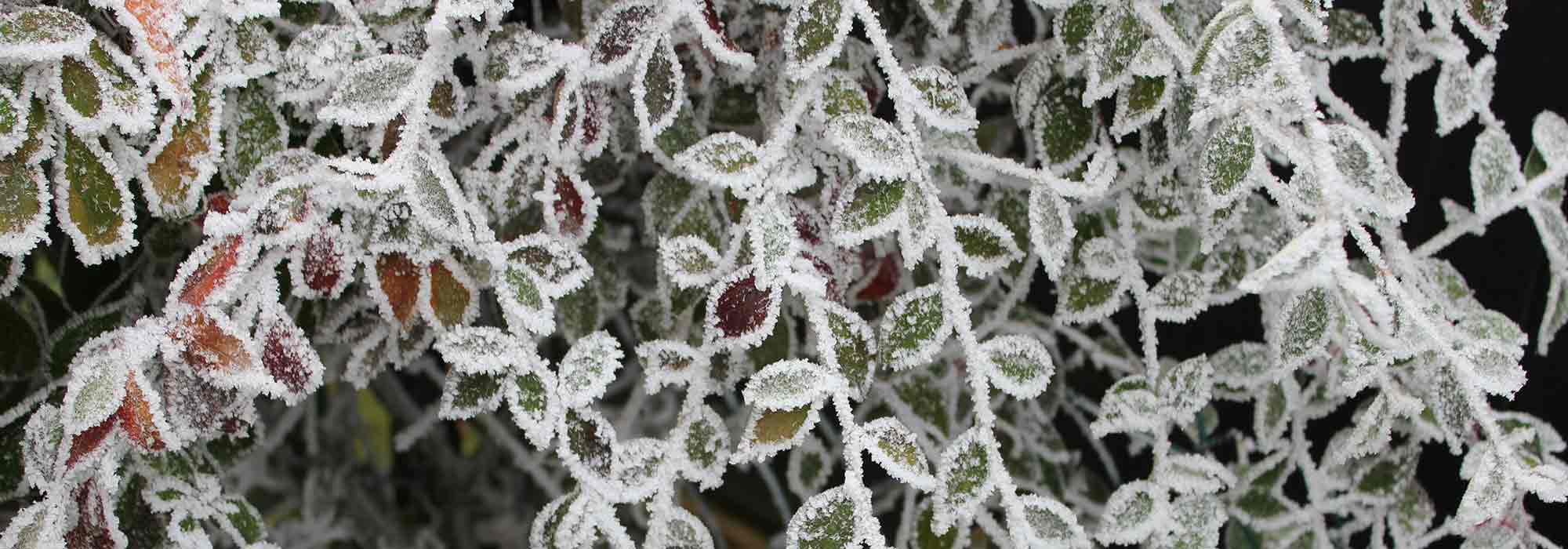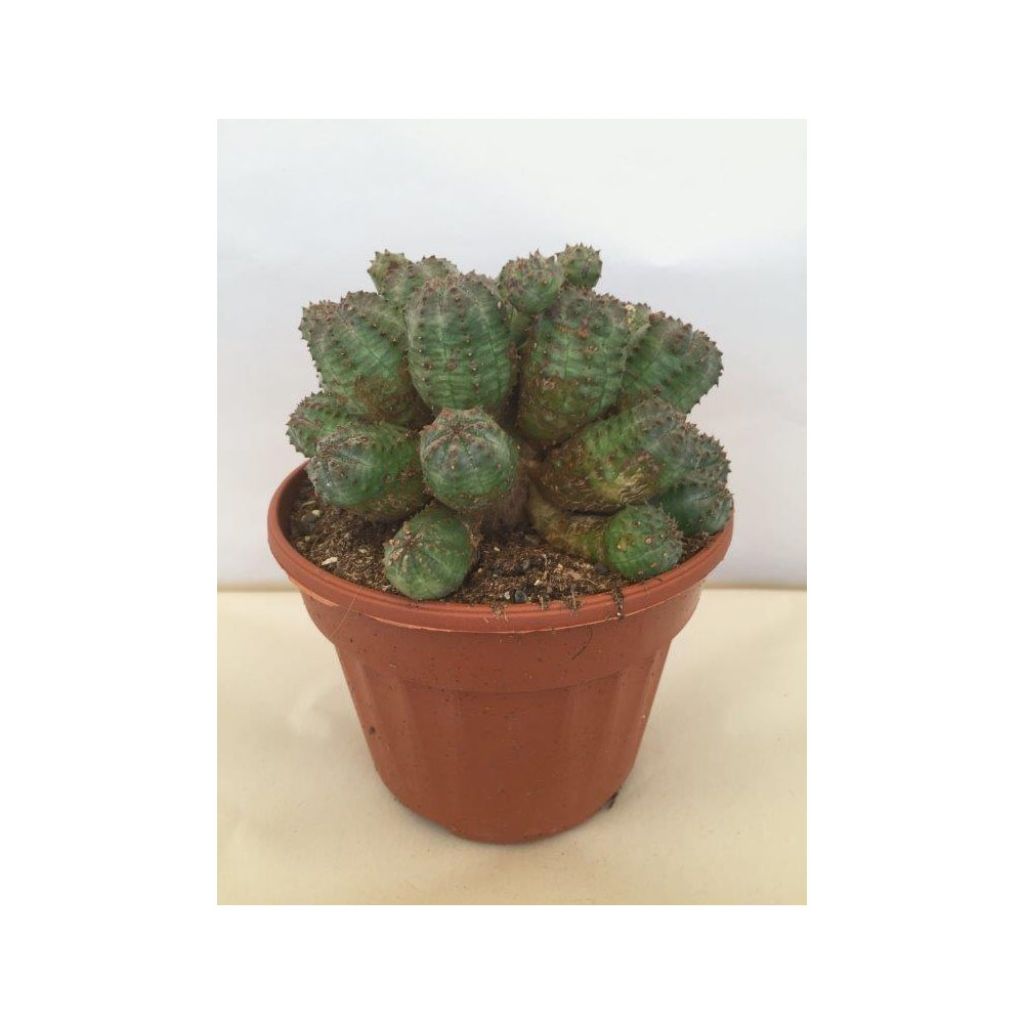

Euphorbia fruticosa Inermis - Spurge
Euphorbia fruticosa Inermis - Spurge
Euphorbia fruticosa Inermis
Spurge
Special offer!
Receive a €20 voucher for any order over €90 (excluding delivery costs, credit notes, and plastic-free options)!
1- Add your favorite plants to your cart.
2- Once you have reached €90, confirm your order (you can even choose the delivery date!).
3- As soon as your order is shipped, you will receive an email containing your voucher code, valid for 3 months (90 days).
Your voucher is unique and can only be used once, for any order with a minimum value of €20, excluding delivery costs.
Can be combined with other current offers, non-divisible and non-refundable.
Home or relay delivery (depending on size and destination)
Schedule delivery date,
and select date in basket
This plant carries a 12 months recovery warranty
More information
We guarantee the quality of our plants for a full growing cycle, and will replace at our expense any plant that fails to recover under normal climatic and planting conditions.
Does this plant fit my garden?
Set up your Plantfit profile →
Description
The Euphorbia fruticosa 'Inermis' is a spineless variety of succulent shrub. It is a very attractive plant that branches out from the base into a spreading clump of large, fleshy, cylindrical stems, deeply ribbed, not too tall, bluish-green. From autumn to spring, its apex bears small, bright yellow cyathia along the edges, highlighting its slightly twisted ribs and enhancing the cooler tones of its tough epidermis. Resistant to heat and drought, it only requires a bright exposure, any well-drained substrate, and very little watering. Frost-resistant and with normal to fast growth, it is an easily cultivated plant that forms very graphic pots indoors.
The Euphorbia fruticosa 'Inermis' belongs to the vast family of euphorbiaceae. It is a cultivar of the Euphorbia fruticosa, native to Saudi Arabia and Yemen, which grows on well-drained, rocky soils, even deep in crevices of hills and rocky slopes and dry scrub vegetation. It is a frost-tolerant succulent plant that thrives in a pot in full light with well-drained soil and occasional watering during the growing season, from March to September. In winter, bring it indoors to protect it from frost.
The Euphorbia fruticosa 'Inermis' differs from the species by the absence of spines. It is a perennial succulent shrub with woody stems that branches heavily from the base and resembles a cactus. It develops a clump of bluish-green, erect stems, not too tall, about 9 cm (4in) in diameter, fleshy, cylindrical, and divided into 10 to 13 deep, vertical, and sometimes undulating ribs. It forms true colonies of shoots about 60 cm (24in) in all directions. From October to March, this plant produces tiny flowers with colorful bracts, bright yellow, along the ribs near its top. The stems and leaves contain a milky, sticky, and toxic juice.
In Mediterranean regions, the Euphorbia fruticosa 'Inermis' will find its place in a dry and sunny rock garden or on a wild slope. Elsewhere, it can be planted in a fairly large pot that will be stored away when the first cold weather arrives and will not be watered until the growth resumes in spring.
Flowering
Foliage
Plant habit
Safety measures
Botanical data
Euphorbia
fruticosa
Inermis
Euphorbiaceae
Spurge
Middle East
atteintescutaneomuqueuses
Cette plante peut provoquer l'apparition de réactions cutanées indésirables, une atteinte des yeux, ou des difficultés respiratoires si elle est ingérée.
Ne la plantez pas là où de jeunes enfants peuvent évoluer. Evitez tout contact avec la peau: privilégiez l'emploi de gants pour la manipuler. En cas de contact, lavez-vous soigneusement les mains et rincez abondamment à l'eau la zone concernée. Lavez les vêtements entrés en contact. En cas de réaction cutanée, contactez votre médecin ou le centre antipoison le plus proche de chez vous. En cas d'atteinte étendue ou de difficultés respiratoires, appelez immédiatement le 15 ou le 112.Pensez à conserver l'étiquette de la plante, à la photographier ou à noter son nom, afin de faciliter le travail des professionnels de santé.
Davantage d'informations sur https://plantes-risque.info
Other Cacti and succulents
View all →Planting and care
Plant the Euphorbia fruticosa var. inermis in light, dry soil, but above all, very well-drained. A limestone, neutral or slightly acidic soil will suit this young plant. Not hardy, it does not tolerate temperatures below 0 °C. It can be grown outdoors in the warmest gardens of the Mediterranean regions, dry in summer. Elsewhere, cultivate it in a pot with a substrate for succulent plants, which is less draining and more consistent than substrates for cacti, which should be kept dry throughout the winter in a bright, frost-free room. Excess moisture in winter can greatly reduce the hardiness of this plant. A soil rich in gravel and stones gives good results. This Euphorbia requires a very sunny habit.
Planting period
Intended location
Care
Planting & care advice
This item has not been reviewed yet - be the first to leave a review about it.
Haven't found what you were looking for?
Hardiness is the lowest winter temperature a plant can endure without suffering serious damage or even dying. However, hardiness is affected by location (a sheltered area, such as a patio), protection (winter cover) and soil type (hardiness is improved by well-drained soil).

Photo Sharing Terms & Conditions
In order to encourage gardeners to interact and share their experiences, Promesse de fleurs offers various media enabling content to be uploaded onto its Site - in particular via the ‘Photo sharing’ module.
The User agrees to refrain from:
- Posting any content that is illegal, prejudicial, insulting, racist, inciteful to hatred, revisionist, contrary to public decency, that infringes on privacy or on the privacy rights of third parties, in particular the publicity rights of persons and goods, intellectual property rights, or the right to privacy.
- Submitting content on behalf of a third party;
- Impersonate the identity of a third party and/or publish any personal information about a third party;
In general, the User undertakes to refrain from any unethical behaviour.
All Content (in particular text, comments, files, images, photos, videos, creative works, etc.), which may be subject to property or intellectual property rights, image or other private rights, shall remain the property of the User, subject to the limited rights granted by the terms of the licence granted by Promesse de fleurs as stated below. Users are at liberty to publish or not to publish such Content on the Site, notably via the ‘Photo Sharing’ facility, and accept that this Content shall be made public and freely accessible, notably on the Internet.
Users further acknowledge, undertake to have ,and guarantee that they hold all necessary rights and permissions to publish such material on the Site, in particular with regard to the legislation in force pertaining to any privacy, property, intellectual property, image, or contractual rights, or rights of any other nature. By publishing such Content on the Site, Users acknowledge accepting full liability as publishers of the Content within the meaning of the law, and grant Promesse de fleurs, free of charge, an inclusive, worldwide licence for the said Content for the entire duration of its publication, including all reproduction, representation, up/downloading, displaying, performing, transmission, and storage rights.
Users also grant permission for their name to be linked to the Content and accept that this link may not always be made available.
By engaging in posting material, Users consent to their Content becoming automatically accessible on the Internet, in particular on other sites and/or blogs and/or web pages of the Promesse de fleurs site, including in particular social pages and the Promesse de fleurs catalogue.
Users may secure the removal of entrusted content free of charge by issuing a simple request via our contact form.
The flowering period indicated on our website applies to countries and regions located in USDA zone 8 (France, the United Kingdom, Ireland, the Netherlands, etc.)
It will vary according to where you live:
- In zones 9 to 10 (Italy, Spain, Greece, etc.), flowering will occur about 2 to 4 weeks earlier.
- In zones 6 to 7 (Germany, Poland, Slovenia, and lower mountainous regions), flowering will be delayed by 2 to 3 weeks.
- In zone 5 (Central Europe, Scandinavia), blooming will be delayed by 3 to 5 weeks.
In temperate climates, pruning of spring-flowering shrubs (forsythia, spireas, etc.) should be done just after flowering.
Pruning of summer-flowering shrubs (Indian Lilac, Perovskia, etc.) can be done in winter or spring.
In cold regions as well as with frost-sensitive plants, avoid pruning too early when severe frosts may still occur.
The planting period indicated on our website applies to countries and regions located in USDA zone 8 (France, United Kingdom, Ireland, Netherlands).
It will vary according to where you live:
- In Mediterranean zones (Marseille, Madrid, Milan, etc.), autumn and winter are the best planting periods.
- In continental zones (Strasbourg, Munich, Vienna, etc.), delay planting by 2 to 3 weeks in spring and bring it forward by 2 to 4 weeks in autumn.
- In mountainous regions (the Alps, Pyrenees, Carpathians, etc.), it is best to plant in late spring (May-June) or late summer (August-September).
The harvesting period indicated on our website applies to countries and regions in USDA zone 8 (France, England, Ireland, the Netherlands).
In colder areas (Scandinavia, Poland, Austria...) fruit and vegetable harvests are likely to be delayed by 3-4 weeks.
In warmer areas (Italy, Spain, Greece, etc.), harvesting will probably take place earlier, depending on weather conditions.
The sowing periods indicated on our website apply to countries and regions within USDA Zone 8 (France, UK, Ireland, Netherlands).
In colder areas (Scandinavia, Poland, Austria...), delay any outdoor sowing by 3-4 weeks, or sow under glass.
In warmer climes (Italy, Spain, Greece, etc.), bring outdoor sowing forward by a few weeks.






























